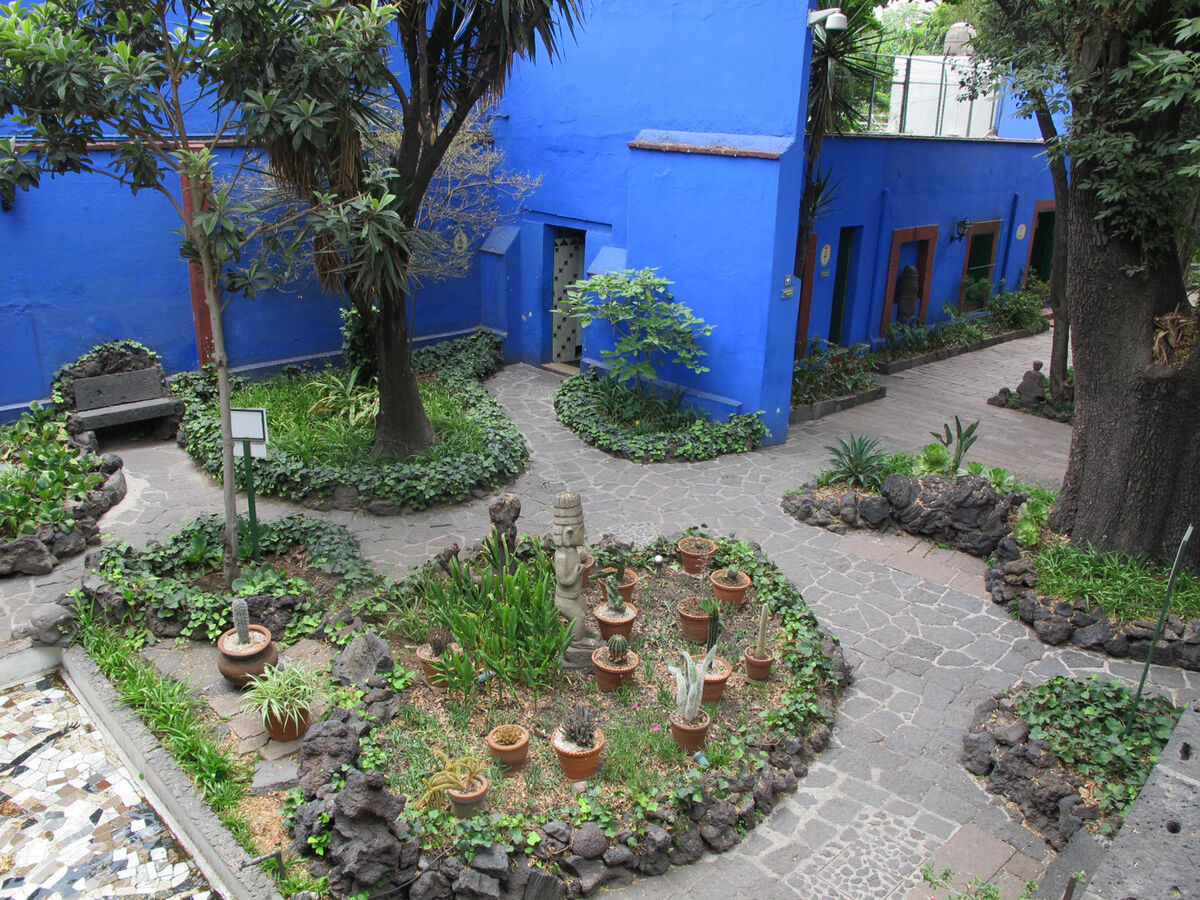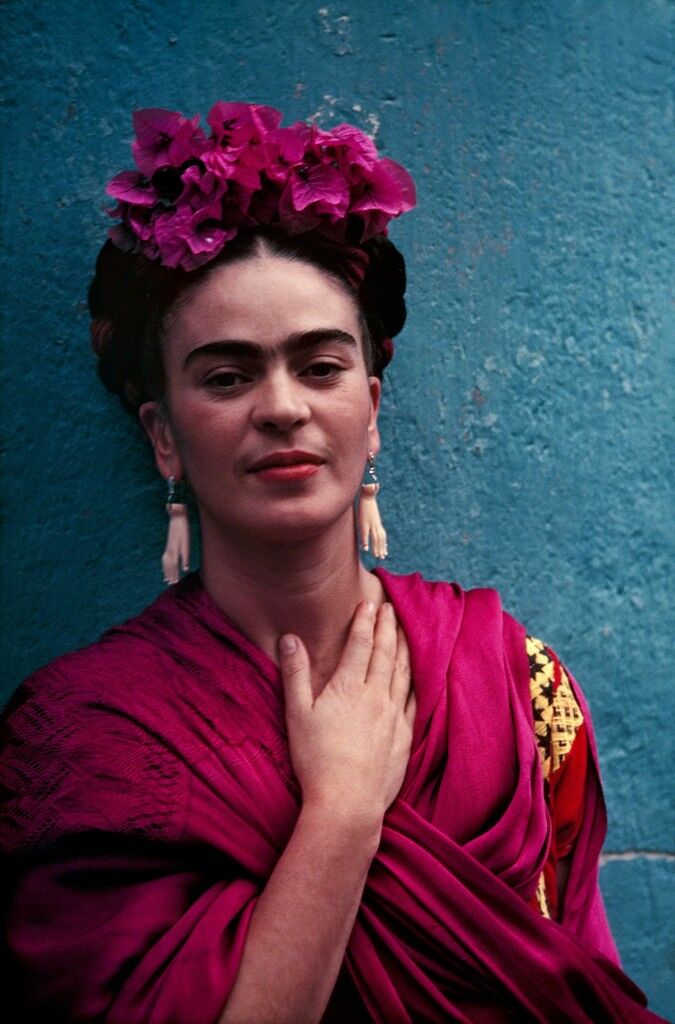Frida Kahlo’s Garden Is Still Thriving—Six Decades after Her Death

For Humberto Spíndola, Casa Azul’s head gardener, maintaining the plants that Kahlo and her husband,

Kahlo and Rivera assumed ownership of Casa Azul and its grounds in 1929, when Kahlo’s father transferred the home (where Kahlo was born and raised) to the young couple. They immediately began refashioning the property’s indoor and outdoor spaces to embody their interest in indigenous Mexican art, architecture, and plant life. During Kahlo’s youth, the home had reflected European tastes: architectural details were
; the layout of the house (around a central courtyard) drew from Spanish-Moorish precedents; and the garden teemed with manicured, imported plants like roses and palms.

